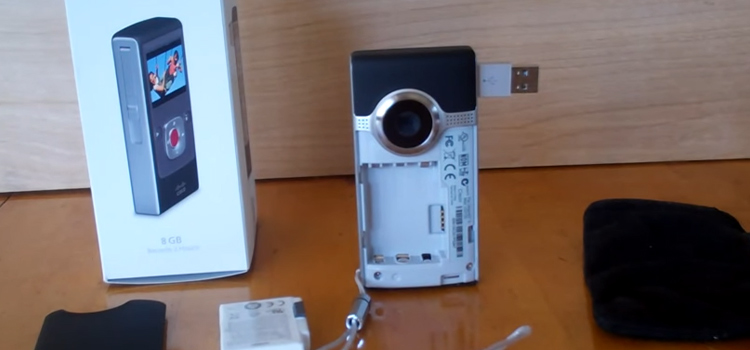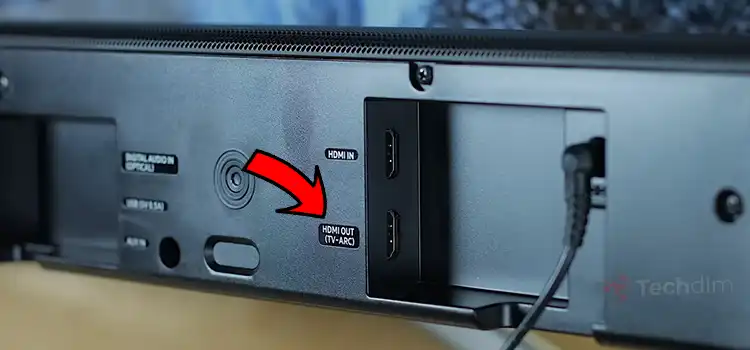What Is SPDIF In MI TV? | Pros and cons of using SPDIF Port
If you are confused about the SPDIF port in your MI TV, we’ve got the answer for you. It is there to transmit the signal from your MI TV to another sound output device without converting any of the signals. Therefore, it’s an advanced method to send digital signals without conversion, which would be needed otherwise.
In this article, we’ll guide you through what’s the SPDIF in your MI smart TV, what are the advantages and disadvantages of using it for your audio output. Let’s begin.

What Does SPDIF port mean in MI TV?
SPDIF or Sony / Phillips Digital Interface is used to transmit high-quality or HD audio in home theatre systems, gaming consoles, TVs, and many other devices. Unlike AUX, which transmits analog signals, SPDIF is capable of transmitting fully digital signals.
However, it cannot do lossless audio in a 5.1 setup. It can either do a dual-channel lossless stereo or a compressed 5.1 or 7.1 surround, similar to Dolby Digital or Digital Theater Sound. There are two main types of SPDIF used in most modern-day TVs. They are coaxial or optical. However, the SPDIF used in your MI TV is not optical, it is rather a type of high-quality RCA cable.
HDMI is capable of transmitting both audio and digital video signals, whereas SPDIF is primarily designed for audio transmission. As a result, SPDIF is suitable for devices that solely require an audio output, such as soundbars or home theater systems.
Advantages of Using the SPDIF Port
So why should you choose to use the SPDIF other than the HDMI? Well, here are the advantages of using the SPDIF of your MI TV.
- Compared to other connectors, the transmission delay is minimal in SPDIF. Because it doesn’t need to convert digital to analog and then back to digital again. So, there’s less chance of experiencing sound lag.
- Due to its exclusive focus on audio, SPDIF provides superior sound quality compared to other connectors. Since it doesn’t require extensive conversion of sound to analog and then back to digital, there is minimal loss of information.
- SPDIF can transmit both compressed and uncompressed audio signals.
- With SPDIF, you have the option to choose between two types of connectors: coaxial or optical, based on their preference.
Disadvantages of SPDIF port
Even with its many advantages, it’s not all sunshine and roses. In fact, if one of the following points is a dealbreaker to you, you should look at other alternatives.
• The quality of the coaxial cables used for the SPDIF port directly affects the transmission performance. If the cable is of good durability, it will ensure a longer-lasting and reliable connection while being less prone to interferences.
• The actual quality of sound transmission relies heavily on having the appropriate equipment. If a low-quality sound system is used, the resulting sound will be of poor quality as well.
• Nowadays, the usage of the SPDIF port has significantly declined. Home theater and audio systems utilize this port less frequently due to the increasing demand for visual content consumption. So, expect no further improvement in this technology. Also, at times, SPDIF cables can be harder to find, due to their limited use.
Using the SPDIF on MI TV
If after reading all these, you have decided to give SPDIF a go, the good news is it’s rather simple. To use the SPDIF on your MI TV, just connect one end of the SPDIF cable to the back of the TV, marked as Optical. Then connect the other end to your soundbar. That’s it.
Frequently Asked Questions and Answers (FAQs)
Is SPDIF better for audio?
SPDIF is always better if you are planning on connecting multiple audio interfaces. If not, HDM might be better suited for you.
How many channels can SPDIF carry?
SPDIF can carry two channels of uncompressed audio. In the case of compressed audio, it can support up to 8 channels.
Conclusion
The SPDIF in your MI TV gives you the opportunity to use it for uncompressed natural audio at high quality. Even though it is eventually getting replaced by the likes of USB and HDMI, it is still the best audio output option for most home appliances like TVs, home theaters, and game consoles. So, if your soundbar and MI TV both came with an SPDIF port, we highly recommend you use it, to get the best possible audio output from your smart TV.
Subscribe to our newsletter
& plug into
the world of technology





